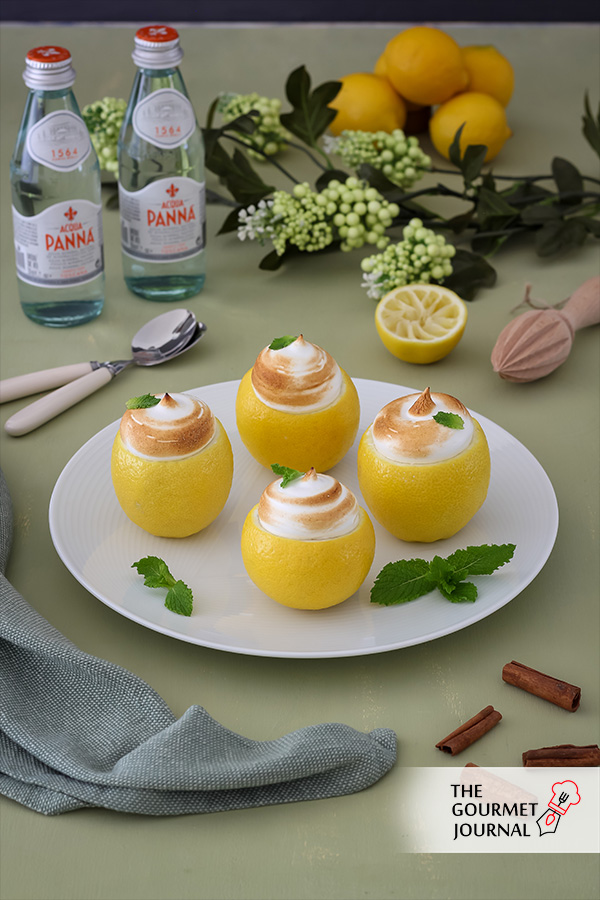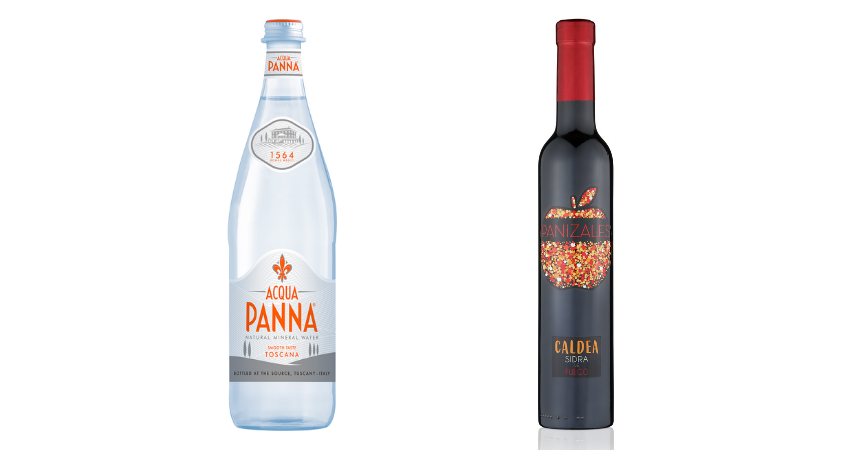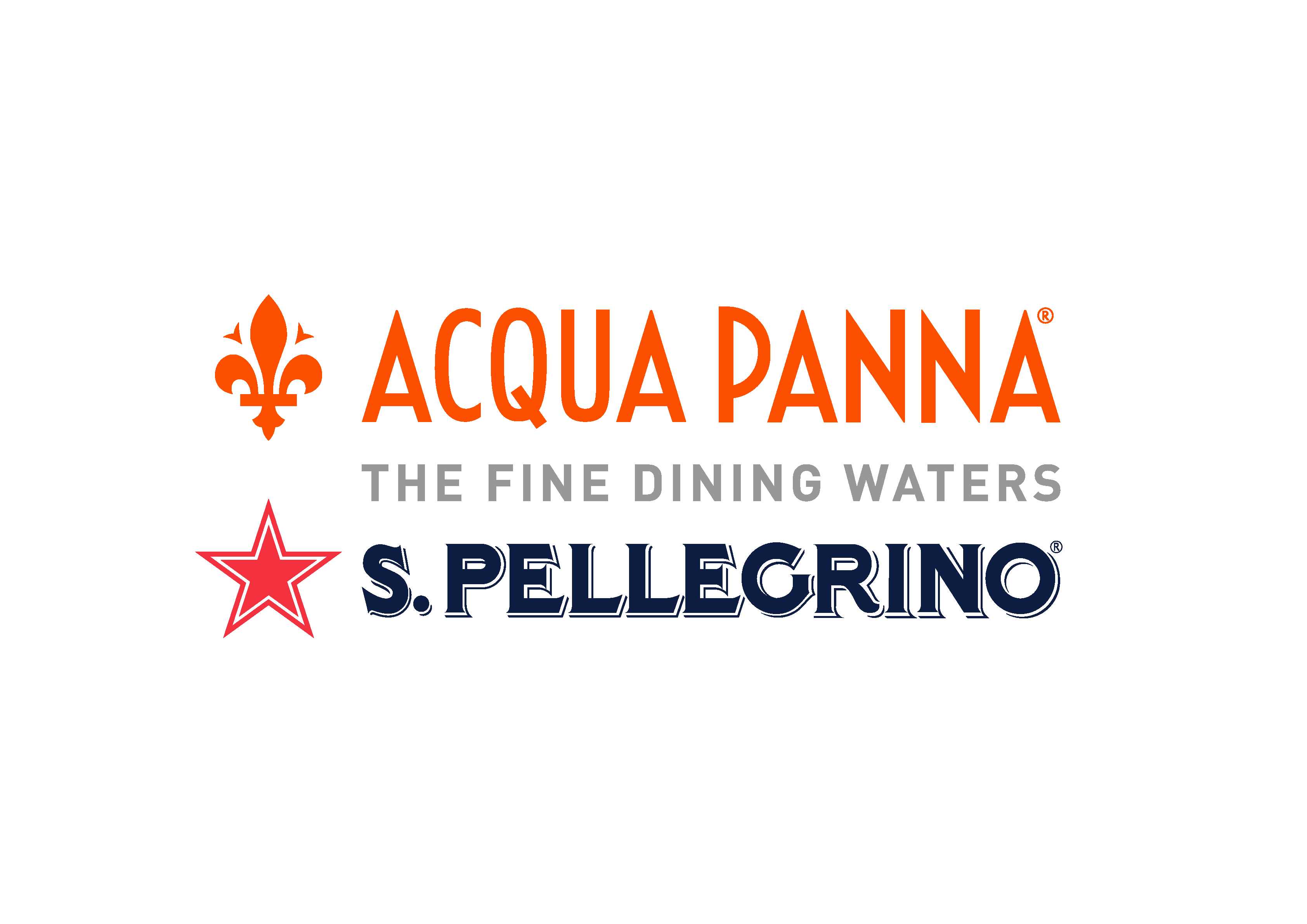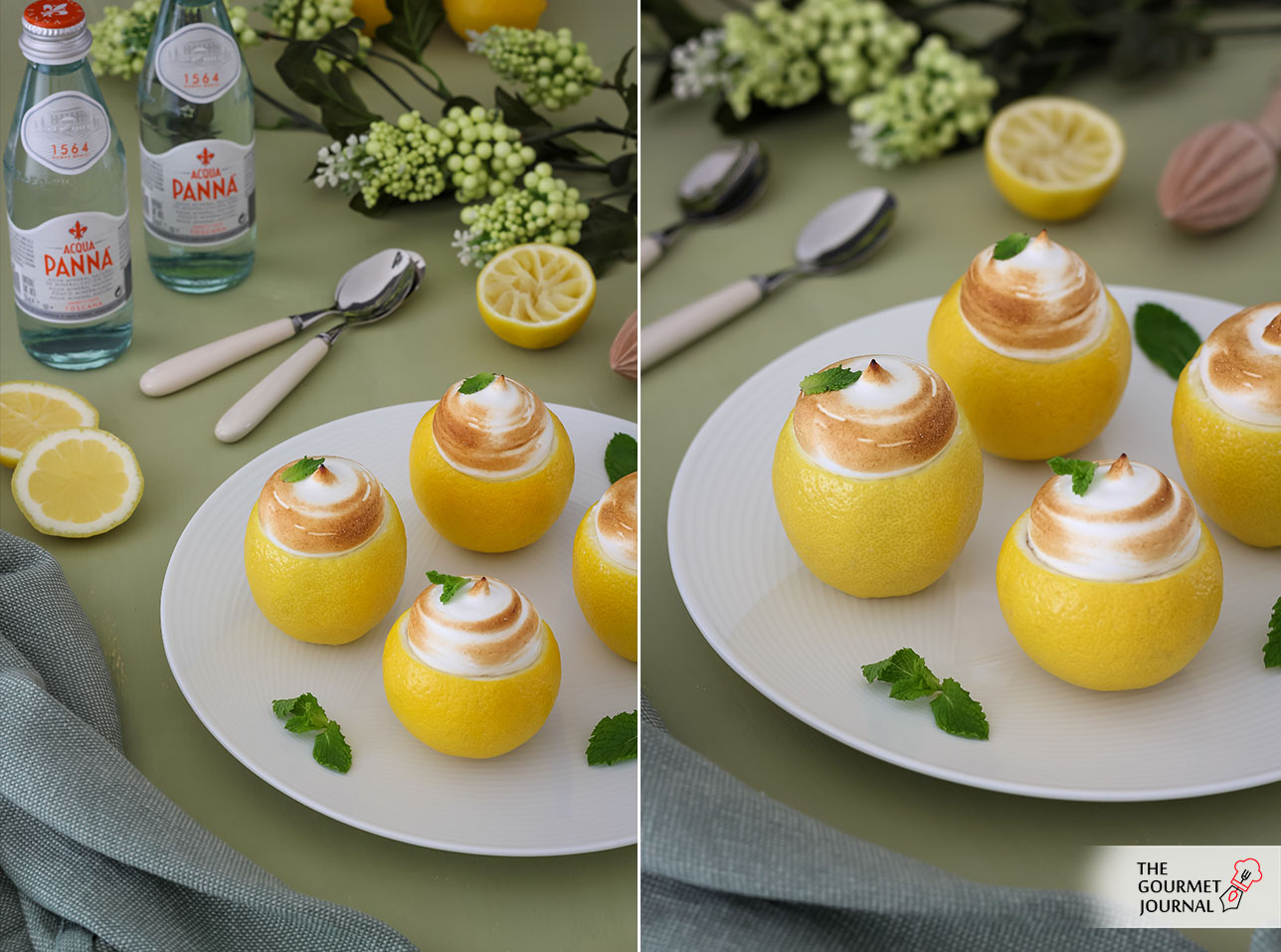A surprising dessert thanks to it’s citrus and sweet combination
Lemon pie, also called tarte au citron, is one of the most internationally known desserts, next to cheesecake, carrot cake, coulant or brownies. As the story goes, this sweet has been served since the Middle Ages and it was the star dessert at the banquets of Queen Elizabeth of England, though merengue wasn’t invented until the 17th century and lemon pie didn’t gain such significance until the 19th century.
This sweet treat consists of a cruncy pie dough base and a creamy lemon filling and is topped off with an Italian merengue. The acidic citrus touch and the sweetness of the merengue make this dessert an authentic delight.
Give the presentation of this dish an unxpected twist and prepare lemon pie in the very lemons that you will need to make the cream. A dessert to surprise your friends and guests, served with an Acqua Panna.

Ingredients for 6 people
- 6 lemons
- Mint leaves
For the Italian merengue
- 125 g sugar
- 40 g water
- 1 egg white
For the lemon cream
- 40 g lemon juice
- 75 g eggs
- 75 g sugar
- 50 g butter
- Lemon peel from 1 lemon
Step-by-step preparation
- Wash the lemons thoroughly.
- Cut the top part of the lemon off and, with the help of a spoon, remove all of the interior pulp.
- Fill with the lemon cream (¾ of the way full) and chill in the refrigerator for a few hours.
- Afterwards, top with the merengue and torch lightly.
For the lemon cream
- Heat the lemon juice and peel. In a bowl, whisk the eggs and sugar. Once fully incorporated, add the warm lemon juice mix.
- Mix lightly and heat all of the ingredients over medium heat until they acquire consistency, as if you were making a pastry cream.
- It is very important to not heat the cream too much to ensure that the egg doesn’t set. The trick is to submerge a spoon in the pot and, if it falls lightly, like a cream, remove it from heat and transfer to another bowl.
- Add the butter in small pieces, mix, and cover with film to avoid from forming a crust. Let chill.
For the Italian merengue
- In a saucepan, heat the water and sugar until it reaches 120 degrees. If you don’t have a thermometer, drop a little bit of the caramel into a glass of water, where it should form a ball. Another tip is to remove it from heat as soon as it starts to gain some color.
- Beat the egg white and add the caramel sauce little by little until a dense merengue is achieved.
 ‘Harmonies in Flavors and Fragrances’ by Juan Muñoz Ramos.
‘Harmonies in Flavors and Fragrances’ by Juan Muñoz Ramos.
A crunchy base with an acidic and sweet flavor, a hint of vanilla, and toasted merengue…what a delight, what fresh sensations for this hot September, what attractive aromas with a delicate yet creamy flavor, truly an afternoon dessert that will delight both young and old.
But this delicious dessert should be accompanied by something more, by healthy beverages that provide coherence. Nothing better than a quality water, which is why we recommend Acqua Panna, a delicate, subtle, fresh, silky, and smooth water that hydrates us while being healthy thanks to its low mineralization.

Next to it, a drink that is new in Spain, new in terms of its production, though it has been produced for many years in Quebec, Canada. We’re talking about Fuego Caldea Cider from Asturias, a beverage that perfecly combines sweet and acidic, just like this dessert. This cider is made with a slow fermentation of boiled, concentrated apple must, pure honey, and requires a perfect balance of finesse and smoothness, just like the one that results from a balanced harmony with Acqua Panna.
Discover the curisosity of the products and dishes that, when you know how to pair them simply, result in perfection, above all when seeking out joy and pleasure.
Tips
- If you don’t have a torch for the merengue, turn on the oven to grill mode and, once warm, toast for a few minutes.
- You can substitute lemon juice for lime, passionfruit, or orange juice. The acidic flavors combine very well.
- Use natural, non-pasteurized eggs, which will help when forming the merengue.
- If the lemon cream has cooked too much and has formed clumps, simply blend it and you will achieve a smooth cream.
Make it a perfect meal with our Tuna Poke Bowl… find the step-by-step recipe here!
End this amazing meal with a Cheesecake with Strawberrys, click here to see the complete recipe.





 ‘Harmonies in Flavors and Fragrances’ by Juan Muñoz Ramos.
‘Harmonies in Flavors and Fragrances’ by Juan Muñoz Ramos.






